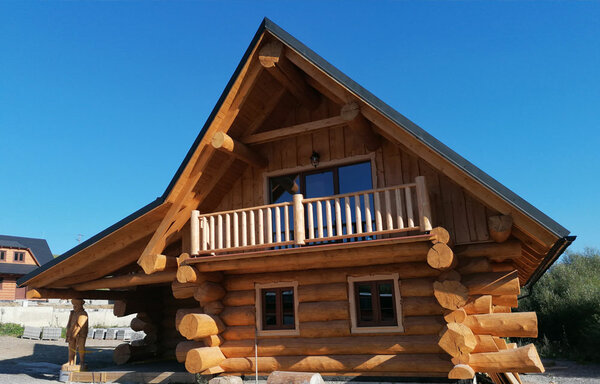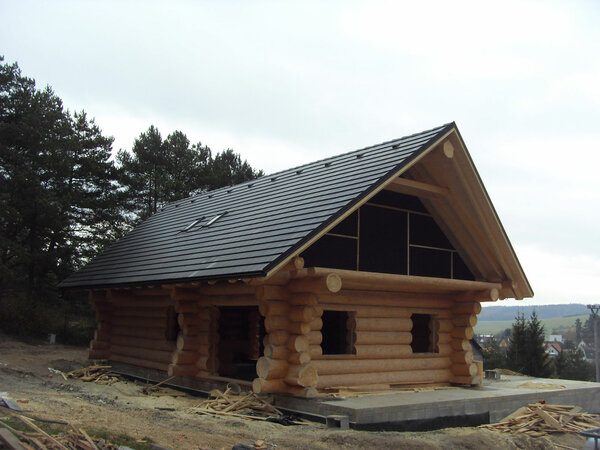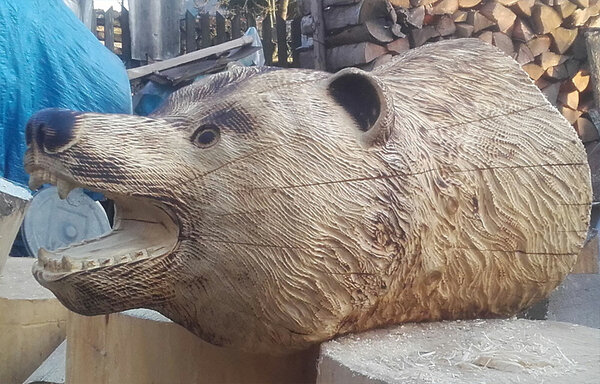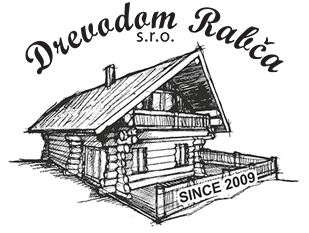
Construction of log houses
Our company builds traditional log cabins, log houses and wooden houses. We have many years of experience in wood processing that builds on the unique technology of traditional production of log houses.
A log house can be built of various kinds of wood. In our country we use mostly wood of coniferous trees (spruce, fir, pine, red spruce).
We offer:
- Manufacture and sale of wooden shingles
- Manufacture and sale of wood cladding
- Roofing services
- Wooden structures surface treatment
- Wooden house panelling
- Reconstruction of old wooden structures
- Play parks
- Carpentry production

 Nature materials
Nature materials
 Years of proven quality
Years of proven quality
Wood
With its natural appeal and properties, wood is one of the most refined materials. Looking at the cross section of a log, there are several distinguishable layers in order from the perimeter to the centre: the outer bark, cambium, sapwood and heartwood.
Wood has a special indescribable power, it has a pleasant, aesthetic effect on a person, it radiates warmth and emanates a nice smell.

Shingle roofing
- Hand split shingles - Traditionally, shingles were made by splitting wood. It is a rather difficult manual work.
- Cut shingles - the resulting shingles have more exact dimensions. The surface of a cut shingle is rough due to the use of the saw and the wood fibres are cut.
- Plastic shingles - one of the lightest roofing materials, the shingles have a double groove for water off-take. They are typically black or brown.

Detail oriented
The whole is made up of details. We complete the details with artistic patterns and thus enhance the final aesthetic of your log house.
Sheep wool as an insulation material in log houses
Sheep wool is a natural material that reacts to changes in its environment. This makes wool different to all other insulation materials. When the ambient temperature rises, wool heats up too, this causes evaporation of moisture and subsequent dissipation of heat (evaporation heat) and cooling of the wall. When temperatures drop, the wool cools down. This causes condensation and the wool absorbs moisture while maintaining its thermal insulating properties.




